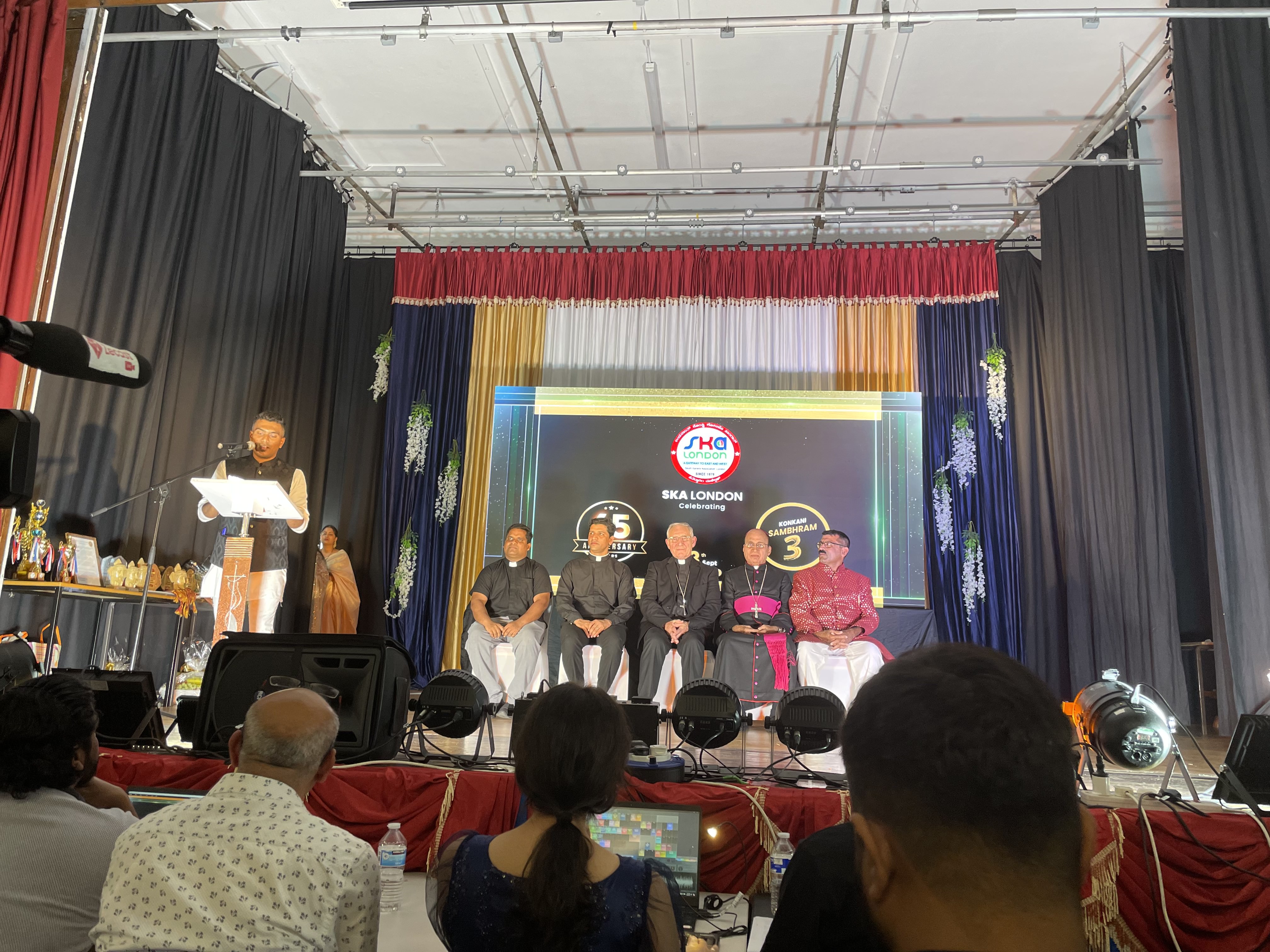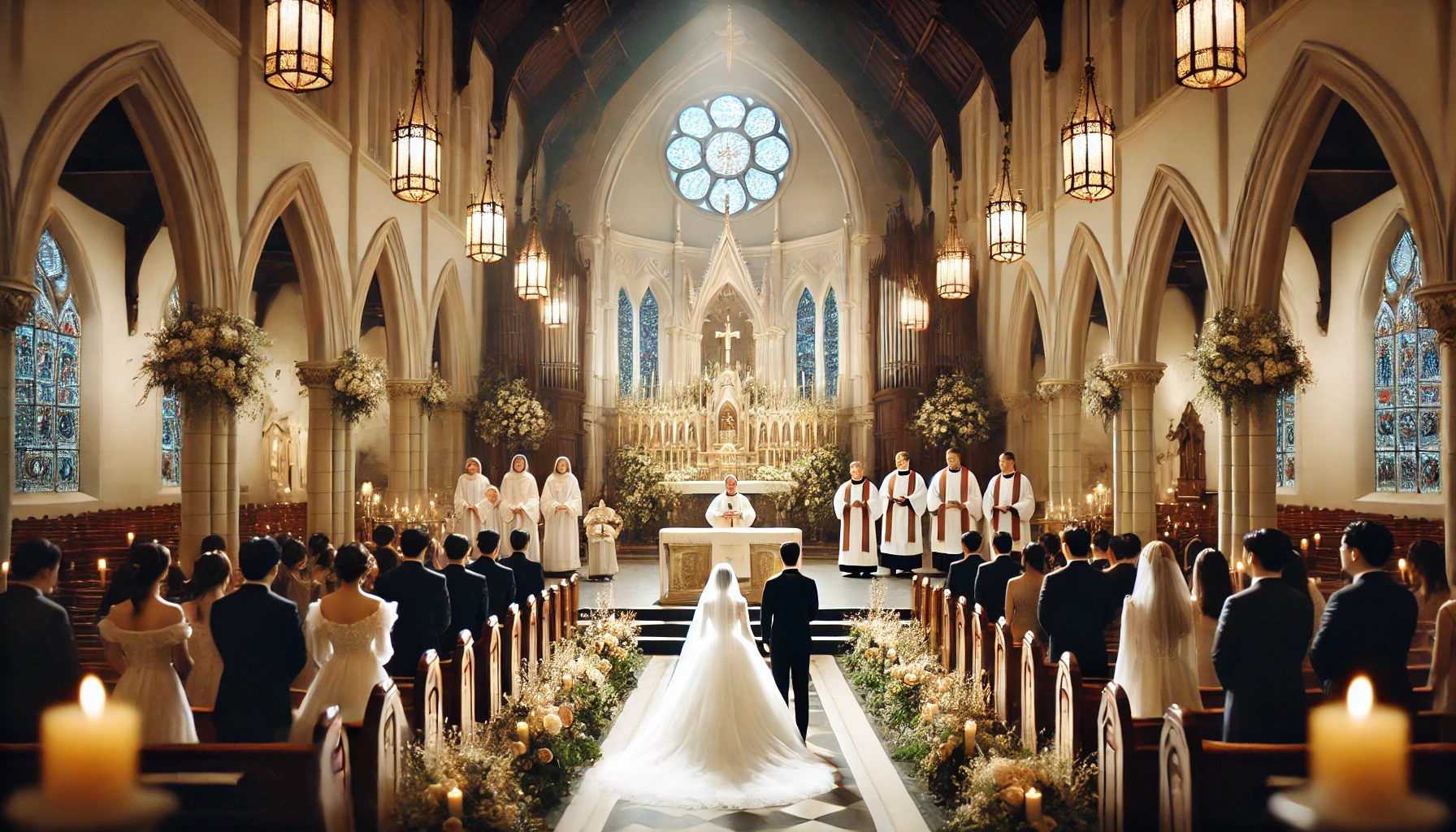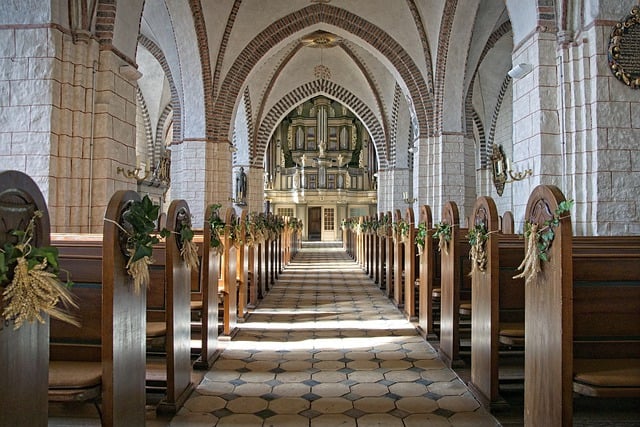

Blog - Mangalorean Marriage Customs and Traditions: A Journey Through Time
Mangalorean Marriage Customs and Traditions: A Journey Through Time
Marriage is a universal institution, a sacred blessing from God. However, how it's celebrated varies greatly across cultures, communities, and regions. In India, where every culture has its distinct flavor, Mangalorean weddings stand out for their unique blend of tradition, elegance, and vibrancy.
Mangalorean marriages today often find themselves balancing between the elaborate rituals of old customs and to apprise of the modern day customs, While contemporary weddings have become shorter and more condensed, often spanning just two to three days compared to the ten-day celebrations of the past, many families still strive to honor and preserve the rich traditions that define Mangalorean culture.
In this blog, we'll walk through the customs and traditions of Mangalorean marriage, comparing the "Then" and "Now," and shedding light on how this beautiful journey unfolds.
1. Match-Making – "Sairik"
The match-making process, known as "Sairik," has been an essential aspect of Mangalorean weddings. Traditionally, families took their time to seek a suitable match, often with the help of relatives or matchmakers. Today, while arranged marriages remain prevalent, the influence of technology and social networks has modernized this process, making it more efficient and inclusive.
2. Finalizing the Alliance – "Sairik"
Once a match is found, families would formally meet to finalize the alliance. This step is still practiced today, though in a more relaxed and less formal setting, allowing both families to build a bond before moving forward.
3. Engagement – "Mudi"
The engagement, or "Mudi," is a pre-wedding ceremony that announces the couple's intention to marry. In the past, this event was a grand affair with the exchange of rings and gifts. Today, it might be celebrated in a more intimate setting, but the essence of the tradition remains.
4. Reading of Banns – "Chiti Vaschyo"
"Chiti Vaschyo," the reading of the marriage banns in church, was a crucial step to ensure there were no impediments to the union. This tradition is still practiced today in many Mangalorean Catholic communities, maintaining the sanctity and transparency of the marriage process.
5. Bachelor/Bachelorette Party
While not traditionally part of Mangalorean weddings, the influence of modern culture has introduced bachelor and bachelorette parties, allowing the bride and groom to celebrate their last days of singlehood with friends.
6. Wedding Garments/Jewelry – "Sado"
The bride's wedding sari, known as "Sado," and her jewelry play a significant role in Mangalorean weddings. Traditionally, the bridal attire was carefully chosen, often passed down through generations. Today, brides have more options, but many still opt for traditional garments that reflect their heritage.
7. Wedding Invitation – "Voulik"
The "Voulik" ceremony involves distributing wedding invitations. Earlier, this was a personal affair with family members delivering invitations. Now, digital invitations and courier services have made the process more efficient, but the heartfelt personal touch remains valued.
8. Wedding Pandal/Gifts of Food – "Kazara Matov"
The "Kazara Matov" refers to the elaborate decoration of the wedding venue. In the past, this involved a great deal of effort and community support. Today, professional decorators create stunning pandals, but the spirit of community involvement still thrives.
9. "Vojem"
"Vojem" is the traditional exchange of gifts between the bride and groom’s families, symbolizing the bond and goodwill between them. This custom is still a vital part of the marriage ceremony.
10. Dot and Denem
The exchange of dowry ("Dot") and gifts ("Denem") was once an integral aspect of Mangalorean weddings. Today, the focus has shifted toward mutual love and respect, and many families have moved away from these practices.
11. Roce Ceremony
The "Roce" ceremony, a coconut milk anointing ritual, is one of the most cherished pre-wedding traditions. It symbolizes purification and the start of a new life. Despite the passing years, this ceremony remains largely unchanged, celebrated with great enthusiasm.
- Laudate Psalm
The Laudate Psalm is sung during the "Roce" ceremony, invoking blessings and protection for the couple.
- Voviyos and Wedding Songs
Wedding songs, or "Voviyos," are sung to honor the bride and groom, accompanied by joyous dancing and music. This vibrant tradition continues to be an integral part of Mangalorean weddings.
12. Nuptial Blessing – "Resper"
The central and most sacred part of the wedding is the "Resper," or nuptial blessing. This ritual, performed in the church, remains unchanged, reflecting the deep religious roots of Mangalorean culture.
13. Wedding Reception – "Kazara Jevon"
The wedding reception, known as "Kazara Jevon," is a grand celebration with family, friends, and well-wishers. It is a time for feasting, dancing, and rejoicing in the union of two souls.
14. Mother-In-Law’s Gift of Ring to Son-In-Law – "Maain Mudi Shivnchem"
An age-old custom where the mother-in-law gifts a ring to the son-in-law as a token of acceptance into the family. Although this tradition may have become rare, it still exists in some families as a beautiful gesture of welcome.
15. Solemn Transferment of Bride – "Opsun Divnchem"
The formal handing over of the bride to the groom’s family symbolizes the start of a new chapter in her life. This heartfelt tradition continues to be a pivotal part of the wedding ceremony.
16. Return Dinner – "Porthapon"
In this post-wedding ritual, the bride's family invites the newlyweds and their family for a meal. It serves as an opportunity to strengthen bonds between the two families.
17. Conclusion & Post-Wedding Ceremonies
After the wedding, several post-wedding rituals take place, which vary from family to family. These traditions help the newlyweds settle into their new life together, surrounded by love and support.
Mangalorean marriage customs are a beautiful amalgamation of history, culture, and faith. While modernization has brought changes, the essence of these traditions remains alive, keeping the spirit of our rich Mangalorean heritage intact.




LEAVE A MESSAGE